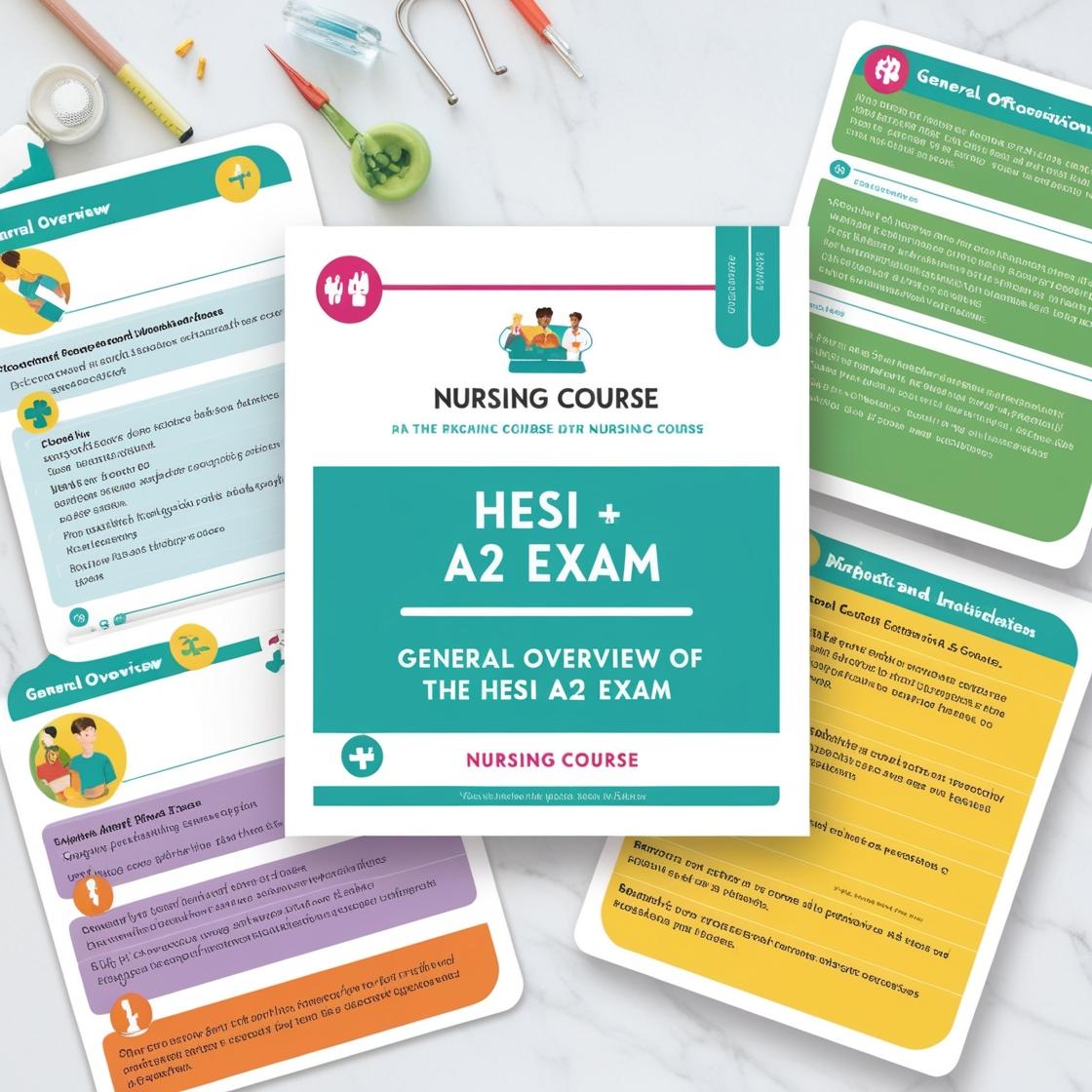HESI A2
HESI A2 Anatomy and Physiology Practice Test
1. Which cut is considered a cross section?
- A. A sagittal or frontal section
- B. A cut along the coronal plane
- C. A cut along the median plane
- D. A cut through the transverse plane
Correct answer: D
Rationale: The correct answer is D: A cut through the transverse plane. A transverse plane cut, also known as a cross-section, divides the body or an organ into superior and inferior portions. This type of cut is perpendicular to the long axis of the body and is commonly used in medical imaging to display internal structures and organs in a horizontal view. Choices A, B, and C are incorrect because a sagittal or frontal section (A) divides the body into left and right portions, a cut along the coronal plane (B) separates the body into anterior and posterior parts, and a cut along the median plane (C) divides the body into equal left and right halves.
2. Which hormone is not produced by the pituitary gland?
- A. FSH
- B. TRH
- C. LH
- D. ADH
Correct answer: B
Rationale: Thyrotropin-releasing hormone (TRH) is not produced by the pituitary gland. TRH is actually produced by the hypothalamus and acts on the pituitary gland to stimulate the release of thyroid-stimulating hormone (TSH). On the other hand, FSH (follicle-stimulating hormone), LH (luteinizing hormone), and ADH (antidiuretic hormone) are all hormones directly produced by the pituitary gland.
3. What is the normal pH of human arterial blood?
- A. 6.8
- B. 7.4
- C. 7.9
- D. 8.2
Correct answer: B
Rationale: The normal pH of human arterial blood is approximately 7.4. This slightly alkaline pH is crucial for the proper functioning of enzymes and biochemical processes in the body. Any significant deviation from this pH level can result in serious health issues such as acidosis or alkalosis. Choice A (6.8) is incorrect as it is lower than the normal pH of arterial blood, indicating acidity. Choice C (7.9) and Choice D (8.2) are incorrect as they are higher than the normal pH of arterial blood, indicating alkalinity.
4. What is the primary hormone secreted by the thyroid gland?
- A. Oxytocin
- B. TSH
- C. Adrenaline
- D. T4
Correct answer: D
Rationale: The correct answer is D: T4. The primary hormone secreted by the thyroid gland is thyroxine, also known as T4. T4 plays a crucial role in regulating metabolism, growth, and energy levels in the body. It is converted into the more active form, triiodothyronine (T3), which exerts most of the biological effects of thyroid hormones. Choices A, B, and C are incorrect. Oxytocin is not produced by the thyroid gland but by the pituitary gland, TSH (thyroid-stimulating hormone) is secreted by the pituitary gland to stimulate the thyroid gland, and adrenaline is produced by the adrenal glands, not the thyroid gland.
5. Which structure of the respiratory system is involved in gas exchange?
- A. Trachea
- B. Bronchioles
- C. Alveoli
- D. Larynx
Correct answer: C
Rationale: The alveoli are the primary site for gas exchange in the respiratory system. These tiny air sacs in the lungs are where oxygen is taken up into the bloodstream and carbon dioxide is released from the bloodstream into the lungs to be exhaled. The trachea (Choice A) is the windpipe that carries air to and from the lungs but is not directly involved in gas exchange. Bronchioles (Choice B) are smaller airway branches that lead to the alveoli but do not participate in gas exchange themselves. The larynx (Choice D) plays a role in producing sound and protecting the airway but is not primarily responsible for gas exchange.
Similar Questions

Access More Features
HESI A2 Basic
$99/ 30 days
- 3,000 Questions with answers
- 30 days access @ $99
HESI A2 Premium
$149.99/ 90 days
- Actual HESI A 2 Questions
- 3,000 questions with answers
- 90 days access @ $149.99
